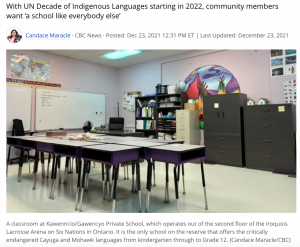MediaSmarts, a Canadian non-profit organization focusing on digital and media literacy, named October 26 as the first-ever national Digital Citizen Day.
“Whether it’s checking the information we see online, thinking critically about the media we’re consuming or being aware on how we interact with others online, digital media literacy touches every aspect of our digital lives. Media Literacy Week and Digital Citizen Day are a chance for us to think about the role we each play in our online spaces and to focus on how we can all make those environments more positive for everyone.” – Kathryn Ann Hill, Executive Director at MediaSmarts
But, What is Digital Citizenship?
According to MediaSamrts, being a digital citizen refers to the safe and responsible use of digital tools and media. For me, that mostly means being respectful, following ethical rules, and being sensitive to others’ privacy and security.
Being a digital citizen, on the other hand, is meaningless if we don’t have the infrastructure for accessing the digital world. According to this report, in 2017, “only 24 percent of households in Indigenous communities have access to quality, high-speed internet.” And that’s the case when the UN has declared access to the internet as a human right.


